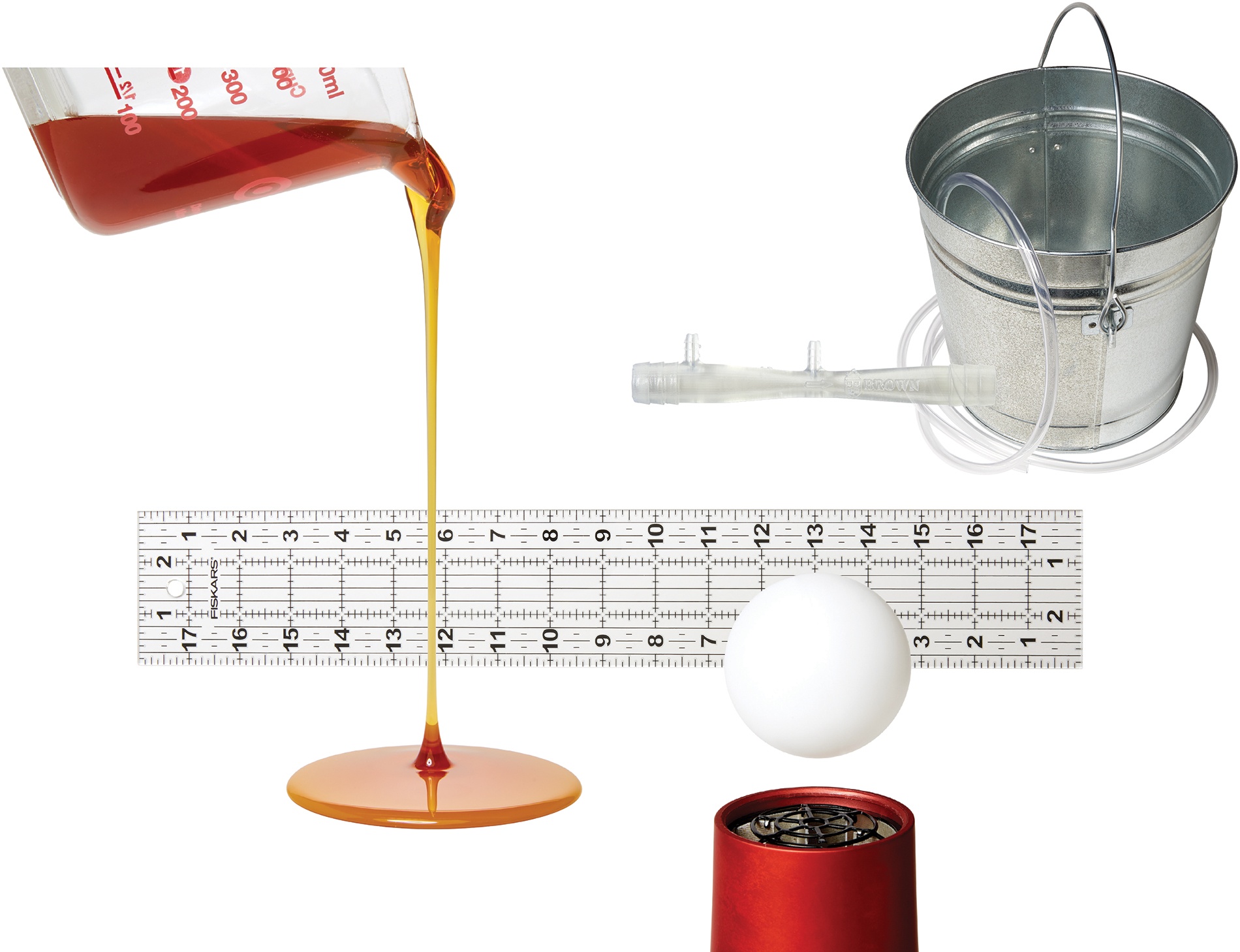
You Just Need a Few Common Household Items...
Oh, and an Arduino board, a Venturi sensor, Navier-Stokes equations, plus Bernoulli.
A ping-pong ball was never so complex. Engineering 0810, intro to Fluid Mechanics, is all about hands-on learning. COVID had other ideas. “The easiest path would have been to skip the labs altogether,” says Professor Roberto Zenit. “But we’re not necessarily interested in easy.” Zenit sent each student a kit including a small component board with pressure and flow sensors and a microprocessor, pictured below, a list of supplies—honey, a cookie sheet—and lab instructions as dense with formulas as ever.
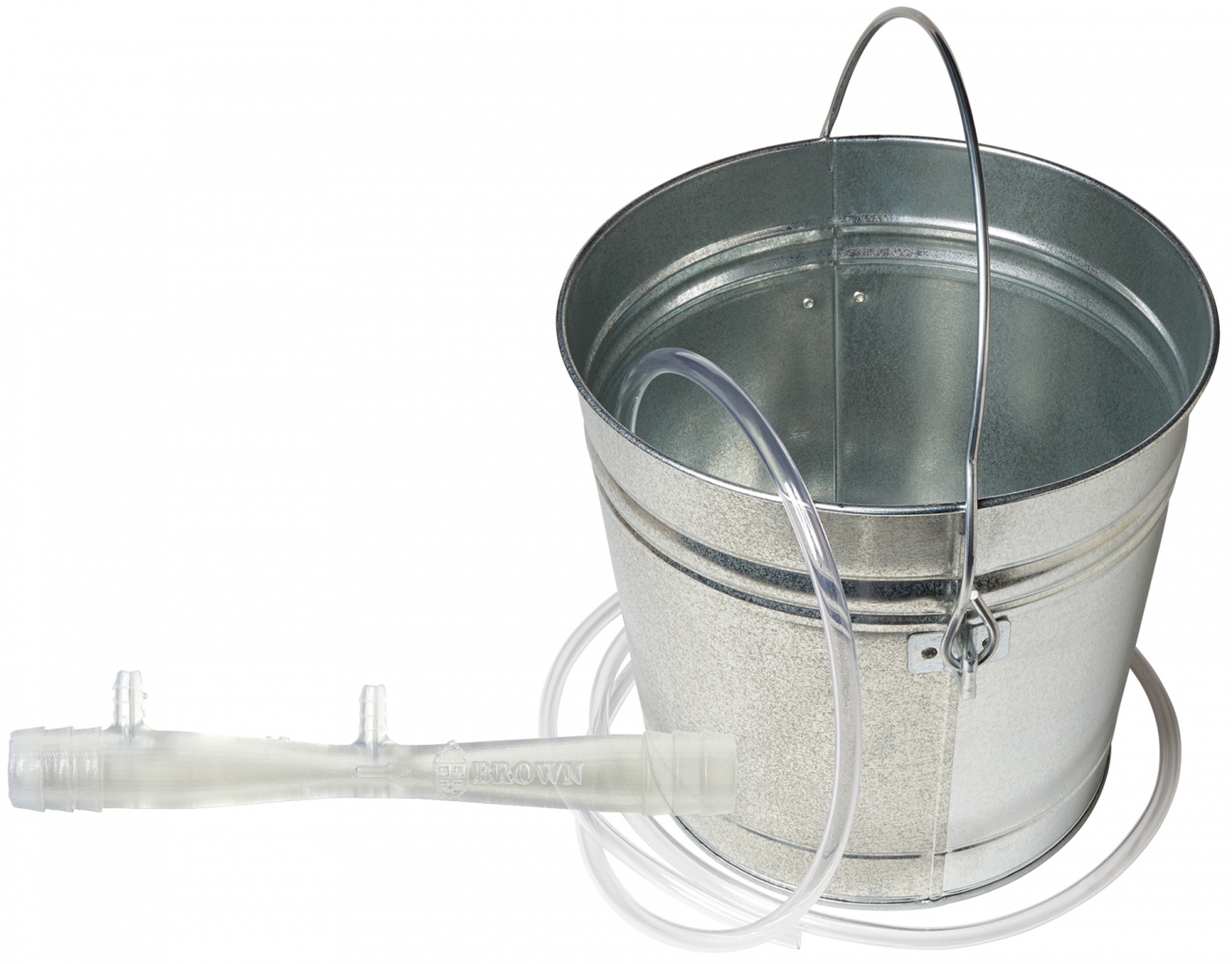
Go with the flow. A plastic tube between two buckets of water can teach about pipe flow, a concept critical in hydraulics. In their kits, students received a 3D-printed Venturi sensor (a flow meter, above; note the Brown logo) designed by Zenit as part of a DIY ventilator project during the early part of the pandemic.
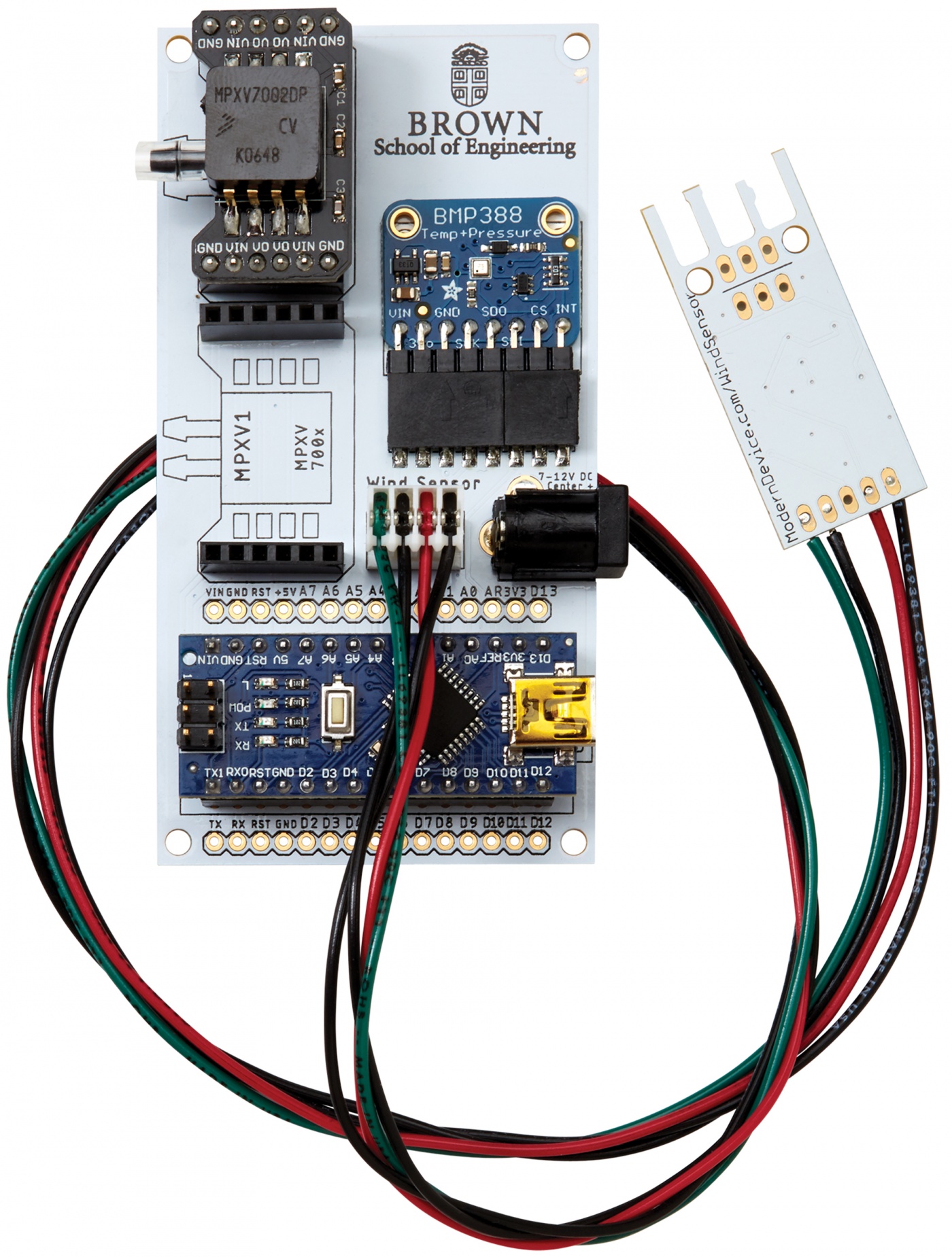
The experiments also required the kit’s circuit board (pictured at right) containing sensors (wind, temperature, pressure) and an Arduino board, a micro-processor they could connect to their computer via USB. In addition to equations, the pipe flow lab includes a diagram showing how pipe roughness affects the equations’ friction coefficient.
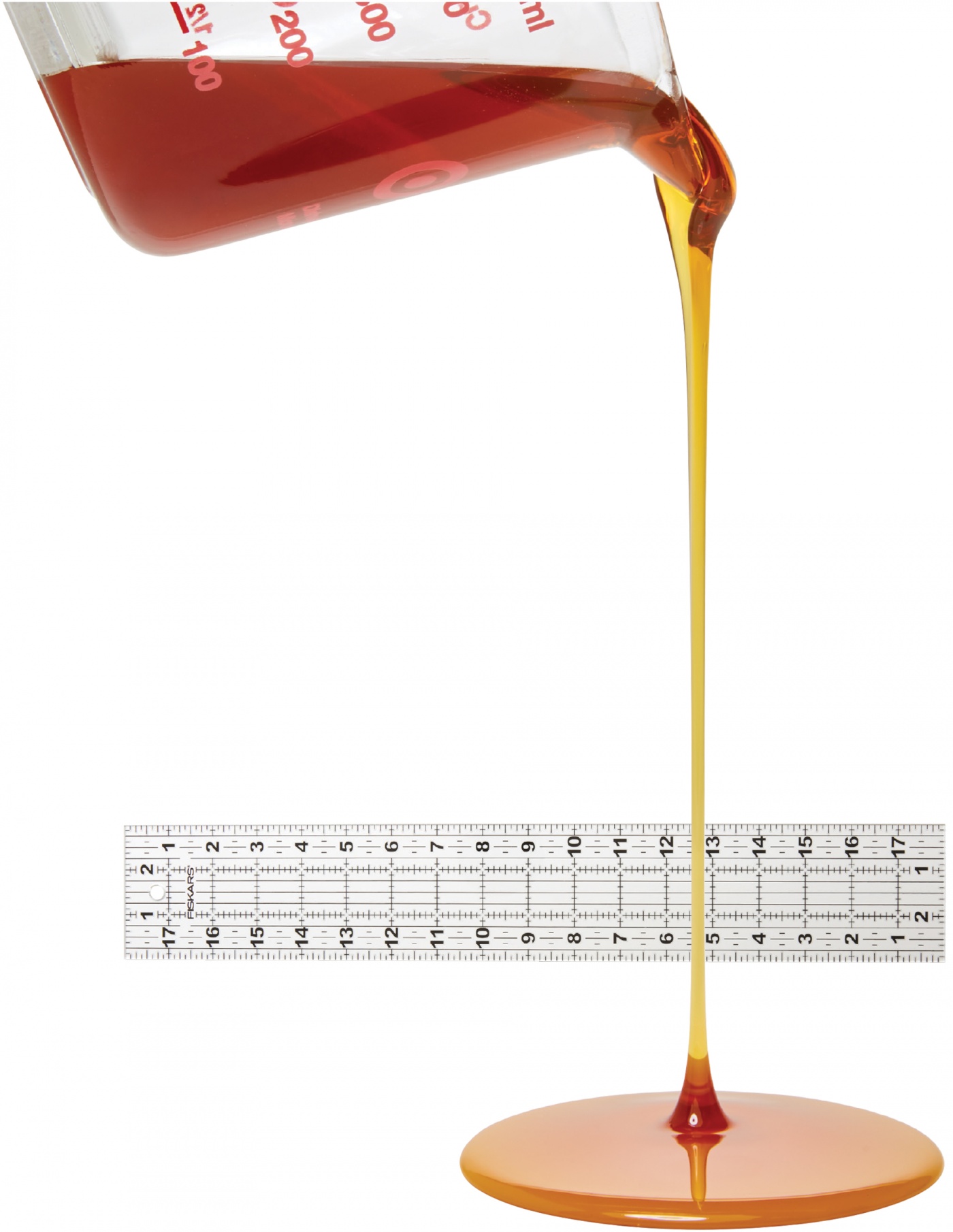
Viscous gravity currents. Whether it’s honey spreading on a plate, molten lava spewing out of a volcano, or poisonous gas on a WWI battlefield (the problem the U.S. government presented to Theodore von Kármán, one of the fathers of modern fluid mechanics), the method of assessing currents is the same. “A viscous gravity current propagates from the balance of the
weight of the liquid and the viscous force,” this lab outlines, explaining also that “the Reynolds number compares inertial to viscous forces. U and L are a characteristic velocity and size, respectively; ρ is the fluid density and μ is the viscosity.”
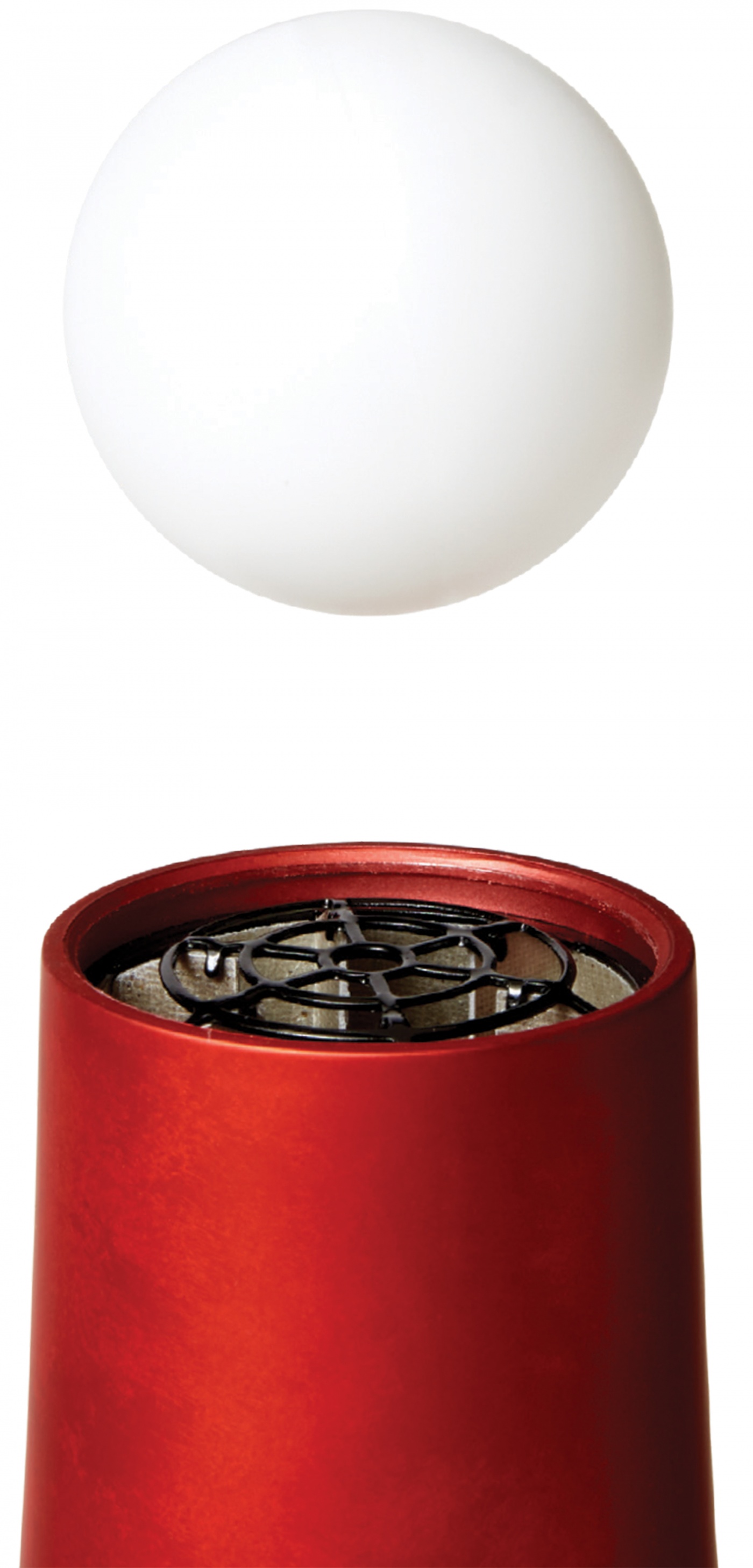
Drag force and turbulent jets. Yes, humanities concentrators, air is considered a fluid and your blow dryer holding a ping-pong ball aloft follows the same principle—Bernoulli’s—as does the flow of water coming out of a hydroelectric dam: faster flow means less pressure. To investigate this, students had to mathematically calculate the flow of air from their blow dryer, measure the distance from the dryer to the ball using their smart phones, then measure flow properties using the sensors and the Arduino nano board Zenit sent.




